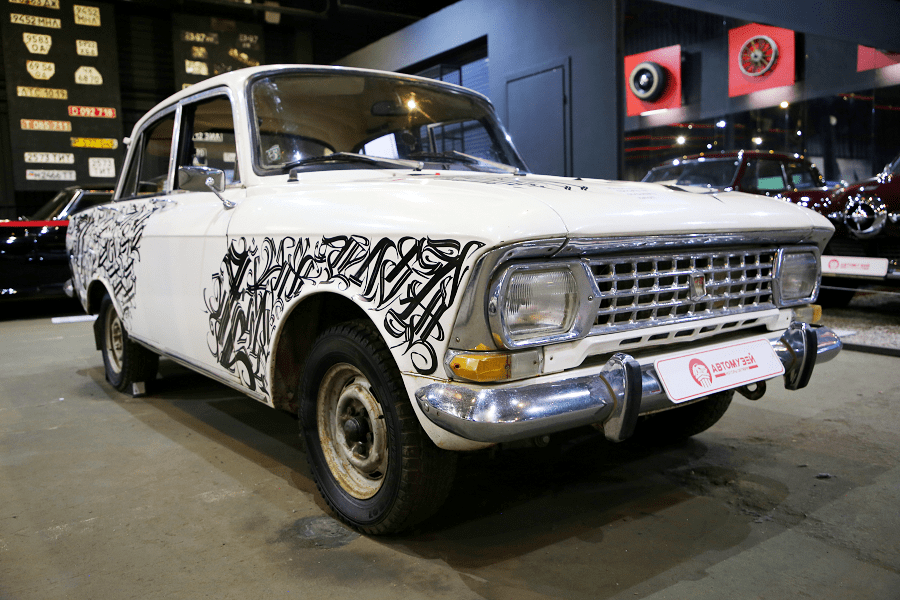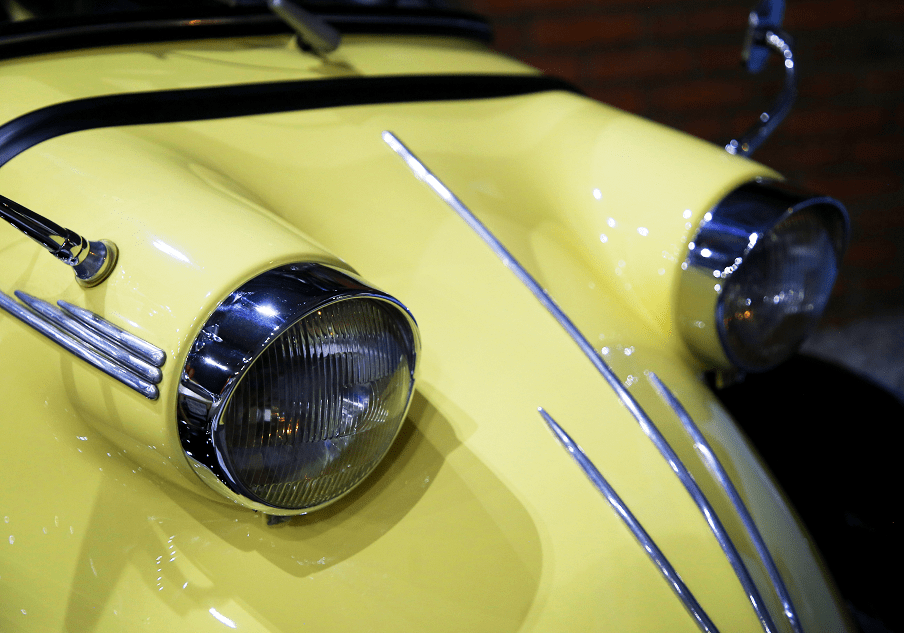B-396 “Komsomolets of Novosibirsk”
B-396 “Novosibirsky Komsomolets” (NATO code: Tango) is a Soviet and Russian diesel-electric submarine of Project 641B “Som”, which served in the Northern Fleet from 1980 to 1998. Since July 26, 2006, it has been installed in the Navy Museum in the Northern Tushino Park on the shore of the Khimki Reservoir in Moscow.
History
The B-396 submarine was built in 1979-1980 at the Krasnoye Sormovo plant in the city of Gorky. Entered the fleet on October 24, 1980. Since 1981, she served in the 4th Red Banner Order of Ushakov, 1st class submarine squadron of the Northern Fleet.
During her service, she made military campaigns in the Mediterranean Sea, carried out missions in the North and South Atlantic, off the west coast of Africa, as well as in the Barents and Norwegian Seas. After its decommissioning from the Navy in 1998, the boat was purchased by the Moscow authorities along with the patrol ship “Druzhny” as exhibits of the future museum of the history of the Russian fleet and shipbuilding in Moscow.
Initially, it was planned to install both the boat and the ship on the Kremlin embankment, then it was decided that the boat in the form of a monument, the foundation of which would be a four-meter pedestal, would be installed in the Gorky Central Park. At the beginning of 2000, in Severodvinsk (Arkhangelsk region) at the Sevmash production association, by order of the Moscow Government, the re-equipment of the submarine began. By the end of 2001, the main work on removing weapons was completed.
Both the boat and the ship were towed to the piers of Portkhladokombinat on the eastern shore of the Khimki Reservoir and were practically abandoned for several years. In winter, there was a real threat of ice compression and flooding.
The buoyancy of the ships all this time was maintained by the heroic efforts of their small crews. At the beginning of 2003, it was planned to install the boat at the pier on the Taras Shevchenko embankment in the area of the Bagration pedestrian bridge, but then, by Decree of the Moscow Government No. 969-PP of November 18, 2003, it was finally decided to install the boat near the shore of the Northern Tushino Park.
Opening of the museum in 2006
Much has been changed in the interior of the submarine, in particular, next to the standard transfer hatches in the bulkheads between the compartments of the boat, full-height openings have been made to make it easier for people with limited mobility to visit the museum. The former engine compartment of the boat is completely freed from equipment and is occupied by a museum exhibition. In the sides of the boat in the bow and stern compartments, the entrance and exit for visitors are cut out, respectively.
All six torpedo tubes, as well as some of the mines and torpedoes, are completely preserved in the submarine. The central control station of the boat has been turned into an exhibition hall where visitors can get acquainted with the living conditions of the crew. In winter, the submarine’s cabin is closed for inspection for safety reasons—the steps become icy.
Development prospects
The Moscow government is gradually developing the territory adjacent to the B-396 and adding exhibits, creating a museum of the Navy. At the end of August 2007, the Orlyonok ekranoplan and the Skat landing assault boat were delivered from Kaspiysk to Moscow, and at the end of the year they were installed next to the submarine.
The city authorities were going to open access to them on May 7, 2008, but even a month after the scheduled date, the work was not completed. It was planned to add the patrol ship “Druzhny” to the exhibition, but it ended up being scrapped.
Country: USSR/Russia
Launched: May 17, 1980
Length: 90.2 m
Width: 8.6 m
Crew: 78 people, including 17 officers
Max speed: 13 knots (surface)/15 knots (underwater)
Maximum diving depth: 300 m
Navigation autonomy: 80 days
Surface displacement: 2770 t
Underwater displacement: 4600 t
Powerplant: 3× 2D42 with 1900 HP each (diesel) + 2× PG101 with 1350 HP each (electric motor)
Armament: 6 bow torpedo tubes (533 mm) + 24 mines





















